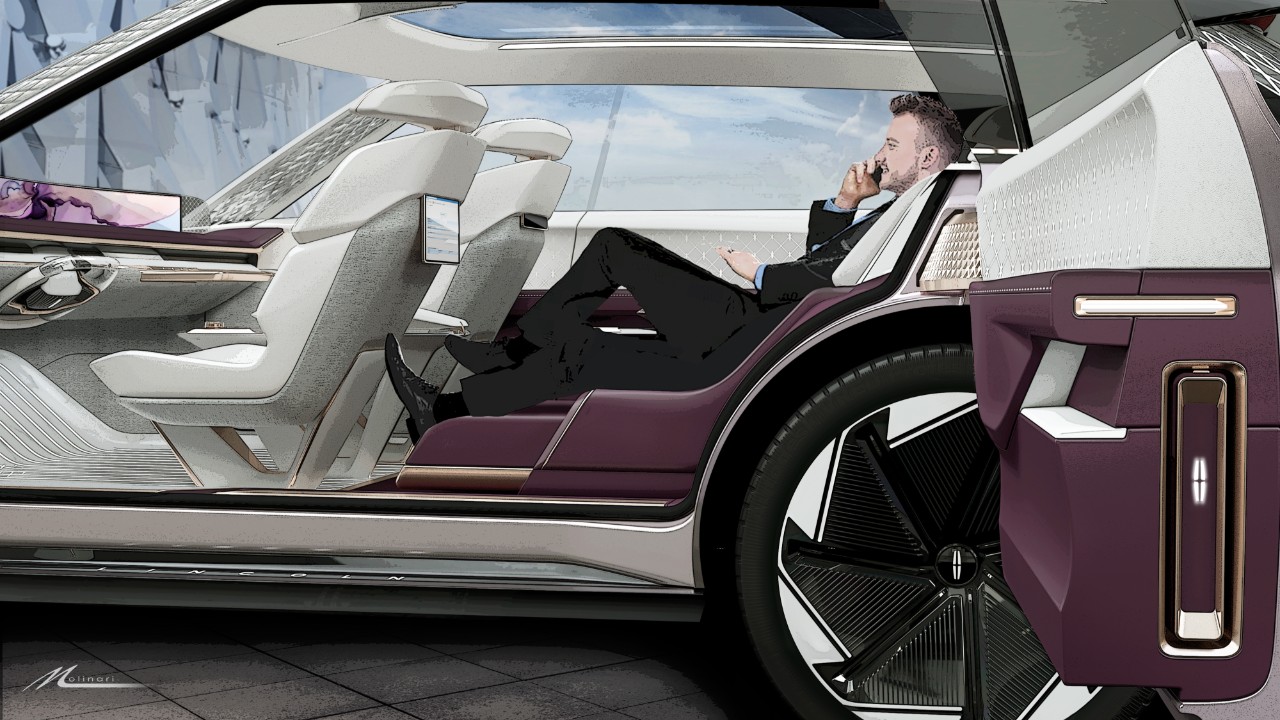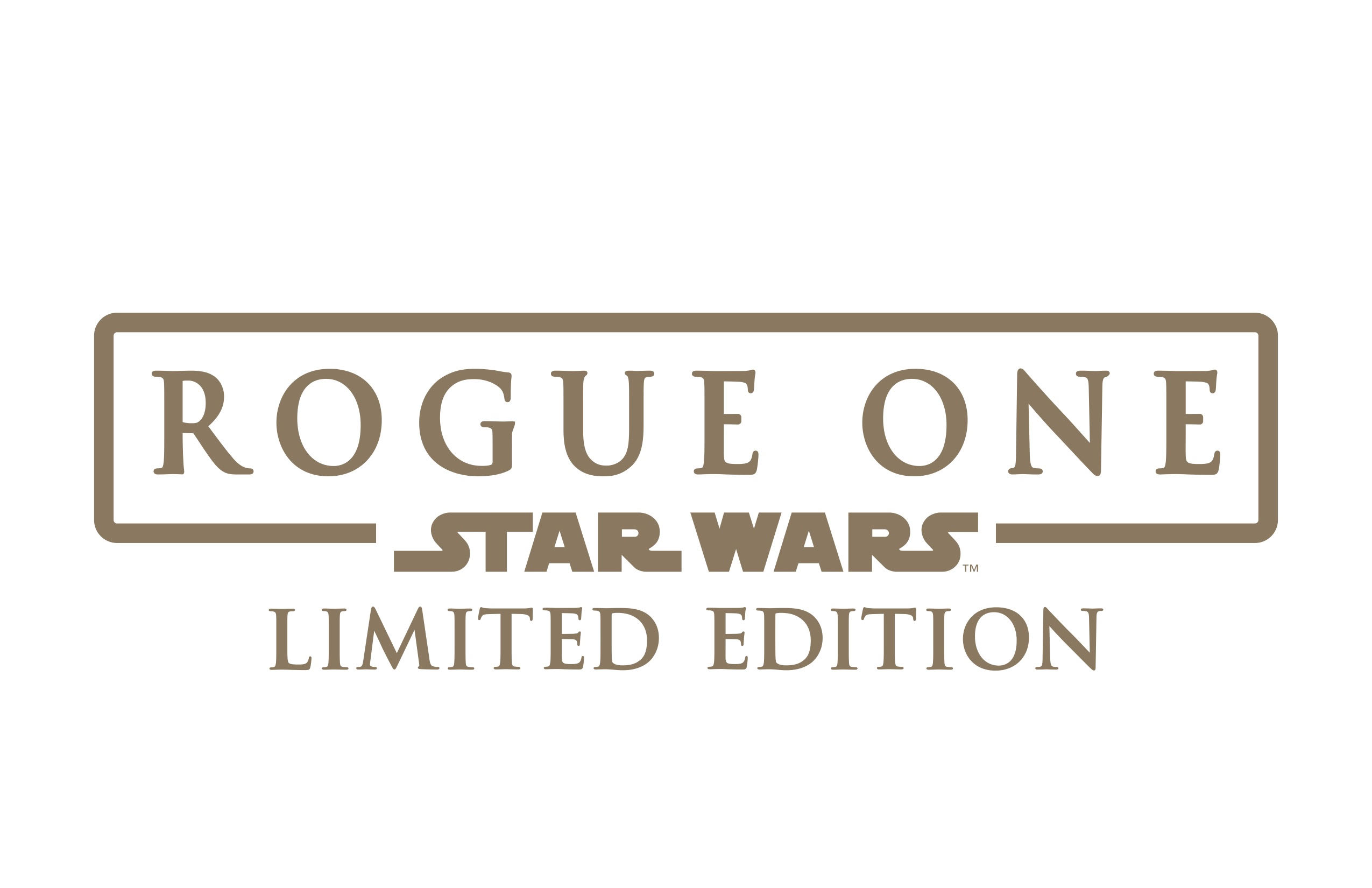Lincoln Joins The EV Revolution

Lincoln President, Joy Falotico, was very clear in her intent when she green lit the all-electric Lincoln Star Concept last November. “This isn’t an evolutionary step for Lincoln,” she told us at the concept’s preview event in West Hollywood, California after delivering her scripted remarks. “Our goal is to reinterpret the Lincoln brand for the electric era, taking advantage of the benefits the new technology presents in design, engineering, and experience.” That’s not to say the creation of the Star was not fraught with challenges.

“In the first round of sketches, we tried to figure out how to incorporate the shape of our trademark grille into the fascia of an electric vehicle.” said Earl Lucas, Chief Exterior Designer for Lincoln. “Leadership told us not to be constrained by that. But it was tough to walk away from since we’ve worked so hard to create that signature design for our current lineup.” Ultimately, however, letting go provided designers the freedom they needed to really stretch the boundaries for this concept.

And stretch they did. The Lincoln Star is based on Ford’s production-ready scalable rear and all-wheel drive EV platform. What is on top of the platform, however, is an amalgam of ideas some of which could be incorporated into future vehicles including the three EVs Lincoln will launch in 2025 and a fourth in 2026. Others are clearly further in the future if they happen at all. Here are our five key takeaways and how we believe they will influence the new products in the pipeline.
1. Mid-Century For The Next Century
The hallmark of midcentury modern design is the blending of functionality, clean lines, and simplicity with a deft artistic touch. Leaders of the movement included Charles Eames, Eero Saarinen, Mies van der Rohe and others. Lincoln exterior, interior, and user experience designers have applied these ideas to all aspects of the Star Concept. Most obvious application is in the overall use of interior space. The horizontal surfacing, full-width panoramic screen, and huge skylight with digital shade all connect the interior with the world outside. The seating design feels more like furniture than traditional car seats. Lincoln’s design language is also communicated through the backlit door panels and patterned seating surfaces. Expect these touches to find their way into the three new vehicles we’ll see in 2025.

2. Rethinking The Obvious
Can a car hood be the cover of a display case? Is there any easier way to get luggage out of a trunk? How do you transform a tailgate into a stadium seat? What if you could see through the A-pillars? Four of the best feature design ideas take things we have always taken for granted in a vehicle and turn them on their heads. The hood of the car uses electro-chromatic technology to go from dark to transparent, allowing you to see what’s inside the front trunk (there’s no gas engine, so luggage fits up there) with the touch of a button. To make it easier to reach the luggage, Lincoln engineered a sliding platform that moves forward as the hood raises, presenting your items to you. In back, the tailgate has been engineered with a built in seat back that deploys so the place many people sit when they’re watching their kids’ soccer games can be even more comfortable. To open up the interior, Lincoln designers used a split pillar design at the corners with a mesh structure in between. This also improves visibility by reducing blind spots. We can see the hood and tailgate happening in the upcoming vehicles. Engineering and safety testing required to execute the slide out trunk and mesh pillars means those features are further in the future.



3. A New Type Of Sanctuary
One of the advantages of an EV is the more capacious and flexible interior space. Inside the Star concept, Lincoln Designers began with the driver and passengers and then built the space around them. Looking well into the future, they designed the cabin as a “Third Space,” somewhere people enjoy spending time when they’re not at home or the office. As such, the rear lounge offers wraparound seating in more of a reclined position. Individual leg rests have storage for shoes below. There’s a drinks cooler between the seats and controls for the rejuvenation moods that are programmed to adjust the content on the screens, lighting, audio, and custom scents. The three moods to be offered are: Coastal Morning, Mindful Vitality, and Evening Chill – each designed to sync with the body’s natural rhythms. Swivel seats will have to wait for full-autonomous driving, but the multi-sensory moods could be executed in the near future.

4. A Face For The Future
As we mentioned, Lincoln’s designers began with a completely clean sheet for the exterior design. That doesn’t mean, however, they haven’t left the past completely behind. The front uses an expressive lighting sequence to signify a new era of Lincoln design. The star logo still remains front and center. While it is flush mounted behind the fascia, it lights up to create a more prominent presence than ever. Moving to the side, the large wheels and low, tapered roofline create an elegant, dynamic shape that feels fresh and more elegant than today’s high riding, high roofed SUVs. In a nod to the famous 1961-1969 Continental, the Star Concept uses coach (don’t say suicide) doors to good effect creating a wide opening. Pillar-less coach doors provide some structural challenges, but aren’t out of the realm of possibility. We’ll be surprised if the overall design strays far this profile. There’s clear product intent in the exterior design.



5. Differentiating With Digital
In addition to screens with multiple content sources, Star introduces Lincoln Attaché, a digital briefcase concept with a hidden compartment in the rear door. This provides discrete storage for tablets and laptops, provides on board charging, and automatically connects wirelessly the device with the vehicle to provide seamless access to the client’s content. Wide screens, an electronic sunshade, and connected technology make everything Lincoln is showcasing here possible in their first generation of electric vehicles.




